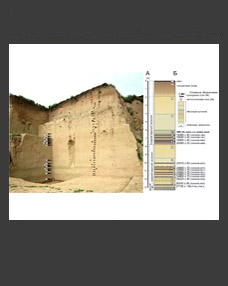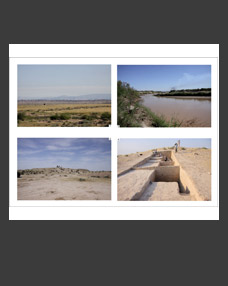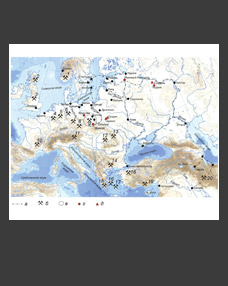Kolobova K.A., Krivoshapkin A.I., Pavlenok K.K.
Key words: technology of stone work, Upper Paleolithic, carenoid works.
The presence in the Upper Paleolithic industries of carenoid works is one of the basic elements of the “Aurigniacian set”, and the studying of their technological and typological variability allows identifying the place of each industry in general evolutionary and chronological context of the Upper Paleolithic of the Old World. Despite the fact that Central Asia (and in particular, Kazakhstan and Uzbekistan) has been named repeatedly and quite demonstratively the ancestry homeland of the Aurigniacian, the studying of the Upper Paleolithic on this territory was not a priority for a long time. The archaism of the known assemblages, which was noticed by the vast majority of the researches, did not suggest their consideration while discussing the Aurigniacian problem. However, the paths of the region cultural development were likely connected with the assemblages of the Asian part of Eurasia. The given interpretation of the Upper Paleolithic history of Middle Asia in the 21st century was corrected due to the introduction of the new data to science world. The Upper Paleolithic assemblages of Middle Asia are not considered anymore as archaic industries with mosaic characteristics, whereas could be classified in the frames of the underlined Kulbulak culture. One of the bases for new culture identification became the underlying of the developed carenoid technology, existed in the Upper Paleolithic assemblages of the region.







